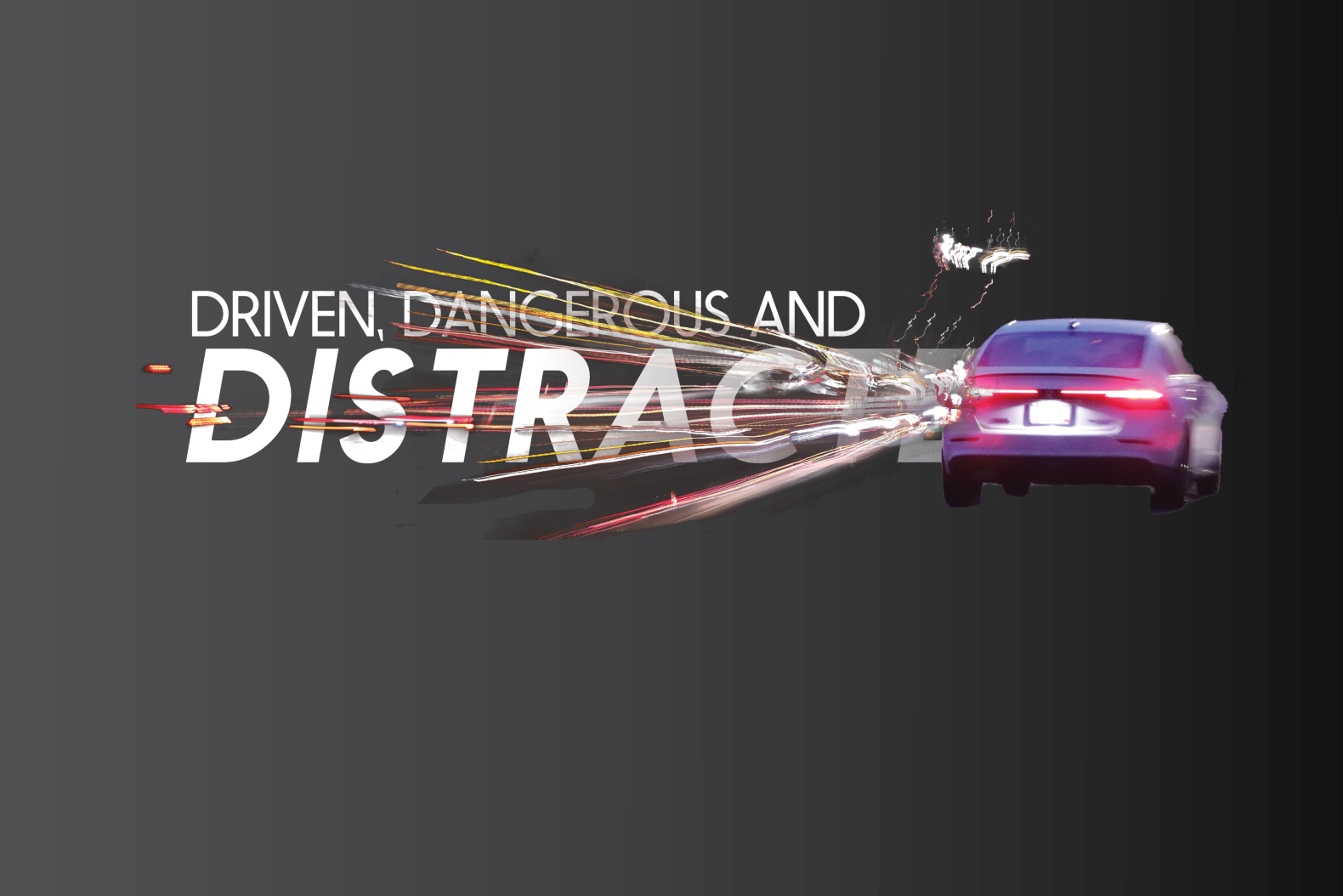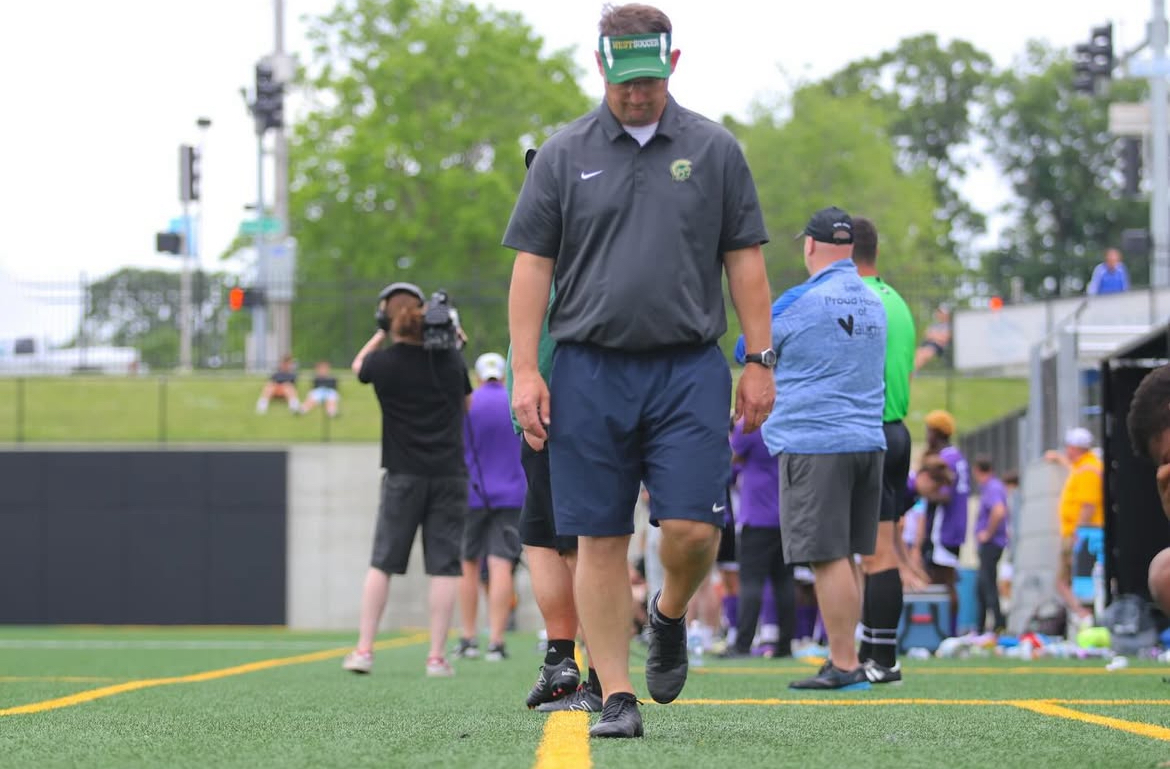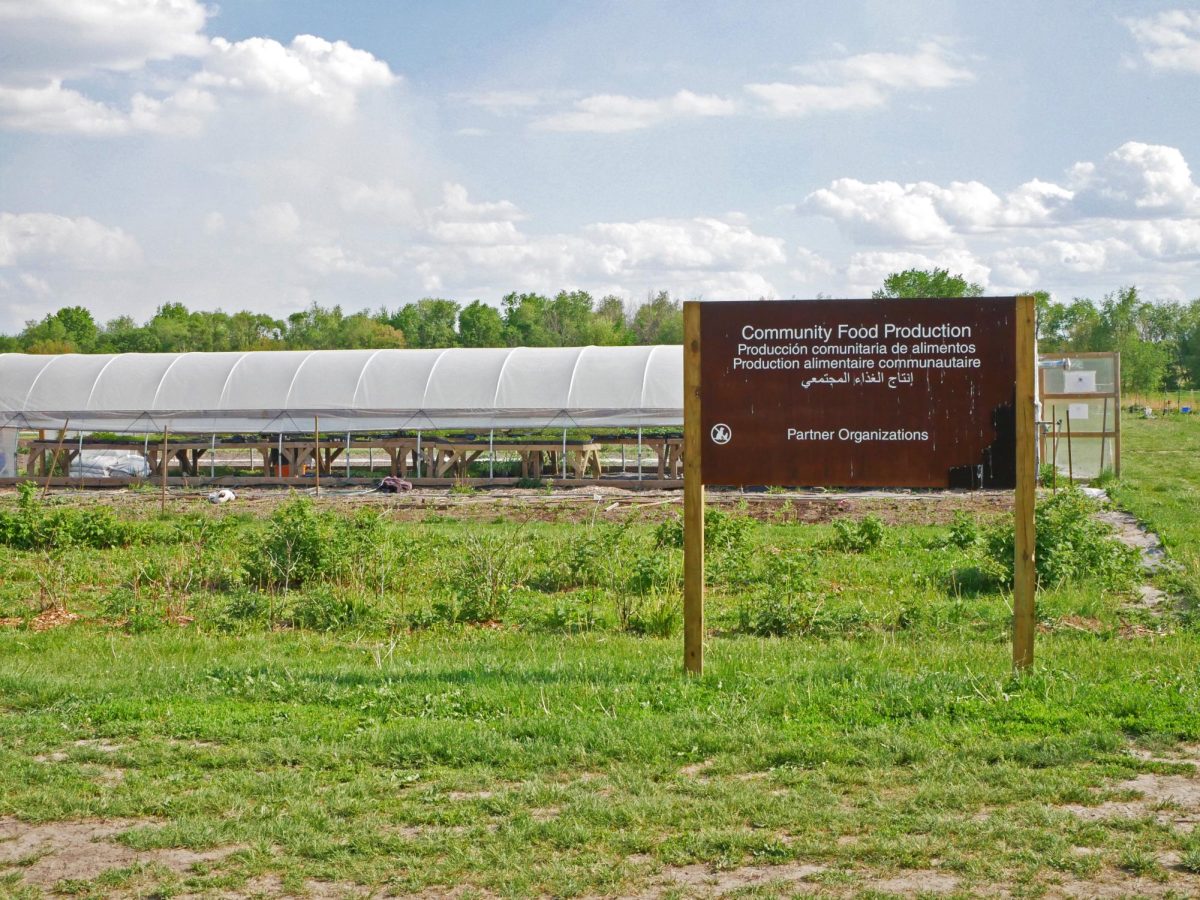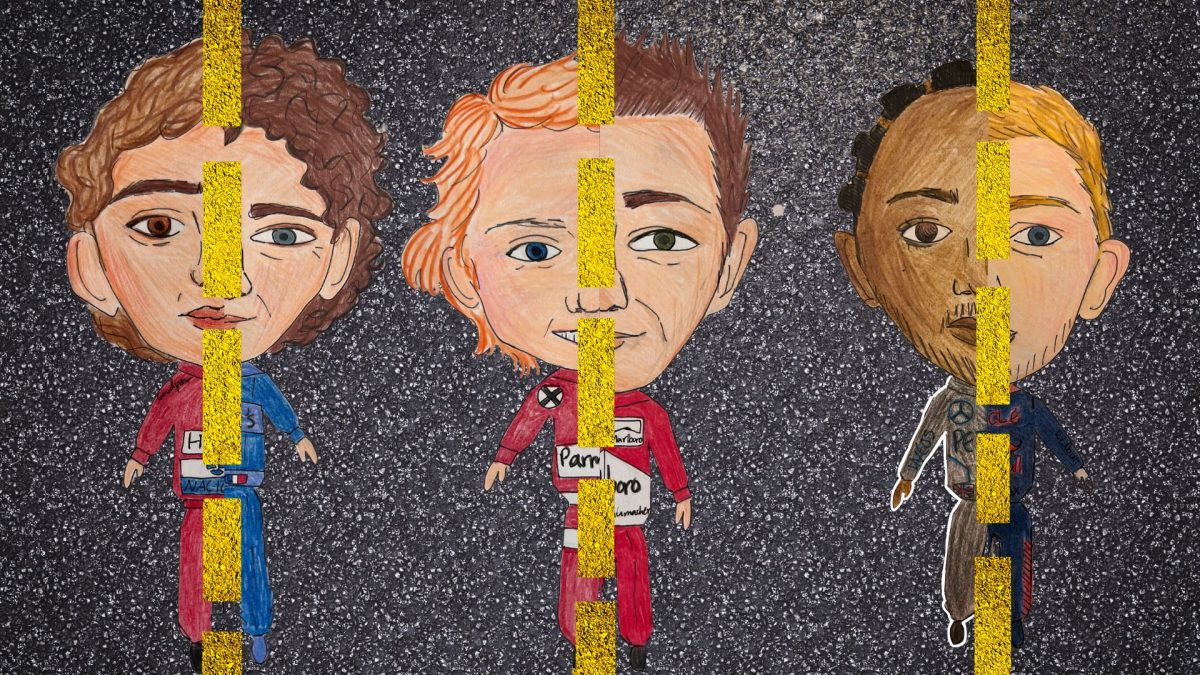I’m going to be late. The car accelerates faster and faster — 10, 15, 20 over. Engine roaring, thoughts racing and music blaring, the driver’s mind is focused on one thing: getting there on time. Their phone makes a small ping and their eyes flick down momentarily, only to be met with blaring headlights and screeching tires seconds later.
Every day, nine people in the United States are killed in crashes involving a distracted driver. This number excludes the tens of thousands of annual deaths due to speeding, drinking, recklessness, lack of sleep and other forms of dangerous driving.
Iowa is no exception to this trend. Iowa Department of Transportation data shows that in 2023, there were 1,049 crashes and 474 injuries due to phones and electronic devices in Iowa. Current 2024 data estimates 684 total crashes and 319 injuries.
Teens are commonly associated with reckless driving. Drivers aged 15 to 20 years have a higher percentage of distracted driving-induced fatalities compared to drivers aged over 21. Among young drivers, car crashes are one of the leading causes of death, and nine percent of fatal crashes involve distracted driving.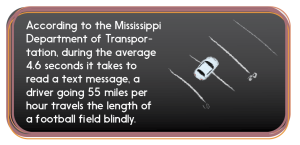
In Johnson County, 322 crashes involved occupants between the ages of 13 to 18, according to Iowa DOT data shared by Iowa City police officer Gregory Lalla. 40 of the 322 crashes were reported to involve a distraction.
According to Coralville city engineer Scott Larson, distracted driving isn’t just limited to cellphone use, but also includes talking on the phone, talking to other passengers and adjusting vehicle controls.
“It goes beyond cellphone use,” Larson said. “Eating, talking to one or more people in your vehicle, even hands-free cellphone use are still problematic from the standpoint that your brain is engaging with somebody else.”
West is no stranger to dangerous driving. From speeding to texting while driving, many students have made unwise decisions while operating a vehicle. West Principal Mitch Gross explains that West has a zero-tolerance policy for reckless behavior.
“We’re able to suspend your driving privileges on campus,” Gross said. “It’s a privilege to be able to park your car and drive here. We have done that before when we see behavior and actions that could put people’s lives at risk.”
West has attempted to address distracted driving through infrastructure like speed bumps and signage.
“Students were cutting through the faculty lot to avoid the speed bumps. I was startled at the rate of speed that I would see teens drive,” Gross said. “So we moved the speed bumps and it’s worked beautifully. No one does it anymore.”
However, more isn’t always better. According to Larson, excessive infrastructure like speed bumps, roundabouts and street signage don’t directly address the root issue: distraction.
Even though texting is one of the most dangerous things to do while driving, it remains prevalent. A West student — who prefers to remain anonymous — got in an accident while texting and driving.
“I was texting somebody and wasn’t paying attention to the car in front of me…I guess it technically never happened; we didn’t report it. But I was like, ‘Man, this could have been bad. I should probably not text and drive,’” they said.
Students don’t always realize the risks of distracted driving until they’re forced to face the consequences of their actions.
“People don’t think it’s a big deal. If I was a passenger and the driver was texting, I probably wouldn’t have a problem with them, unless they’re not paying attention at all,” they said.
Students still get into accidents, despite West administrators’ efforts to combat reckless driving. West special education teacher Brian Bransmeier experienced the impact of distracted driving firsthand.
Last month, Bransmeier was rear-ended by a West student while stopped at a crosswalk. The driver did not attempt to stop, wrecking the back of Bransmeier’s car at full speed.
The accident resulted in $10,000 in damage, physical pain and a $500 deductible since the driver was uninsured. This incident occurred nearly one year after he was in a similar crash involving a distracted West driver.
“Thankfully, I had a van and I didn’t have my Honda Fit that I usually drive, because I probably would have been pushed right into the person,” Bransmeier said. “That makes me really nervous for my own kids and everybody else that runs, bikes or walks at all those intersections and roadways.”
To Bransmeier, the best way to curb distracted driving is education.
“We need to do a better job at educating everybody…No student would set out to be like, ‘Oh, I want to run into the back of somebody, have all these fines and have a really bad day,’” Brandsmeier said.
Because driver’s education is required to get a Special Minor’s Restricted License or an Intermediate License in Iowa, it is often the most common form of education for Iowa teens. Open Road Driving School is the largest driver’s education program in eastern Iowa.
According to Open Road’s website, their mission is “to provide students with the most relevant information both in the classroom and behind the wheel so good driving skills and habits are learned, developed and mastered throughout their driving experience.” Open Road co-owner and lead instructor Ryan Turner emphasizes the importance of driver safety.
“The very first thing we do is we have the students remove the phone from their person. It’s really important to do that, to eliminate distraction,” Turner said.
Aside from this measure — known by students as ‘phone jail’ — Open Road utilizes case studies of real-life accidents to demonstrate the consequences of dangerous driving.
Besides education, legislation also promotes safe driving. Texting while driving has been illegal in Iowa since 2017, but recent legislation seeks to further ban cellphone usage.
On April 2 — the second day of Distracted Driving Awareness Month — Iowa Gov. Kim Reynolds signed Senate File 22, banning holding an electronic device while driving.
Effective July 1, Iowa drivers can only use devices in hands-free or voice-activated modes; violators will receive warnings until Jan. 26, 2026, when fines of a minimum of $100 will be imposed.
Although teens are widely perceived as reckless drivers, adults are also guilty of making poor decisions behind the wheel. According to the 2022 AAA Traffic Safety Culture Index, 47.8% of drivers aged 25 to 39 reported manually texting or sending an email while driving at least once in the last month. However, 30.3% of drivers aged 16 to 18 reported doing so.
Dangerous driving is a universal issue that anyone can become a perpetrator or victim of. From infrastructure to education to legislation, countless solutions have been implemented in an attempt to combat distracted driving.
However, road signs, case studies and even the law can’t force someone to drive safely; it is up to the driver to make that decision, for both themselves and others on the road. Aside from police enforcement, Lalla ultimately believes that drivers must hold accountability over their actions to ensure roads are safe.
“The result of not paying attention while you are driving can be dire,” Lalla said. “The potential of hurting yourself, or anyone else on the road, is not worth it.”

